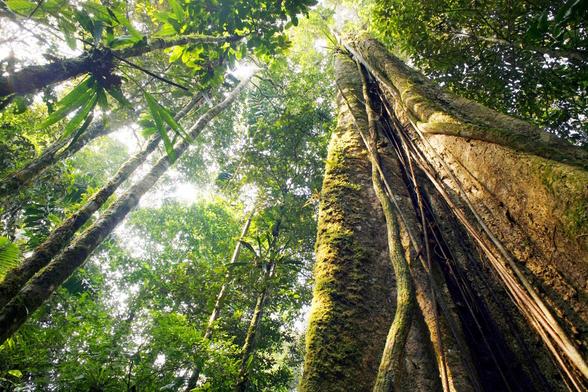"""
In the sixteenth century, lunacy was a constant theme that was never questioned. It was still frequent in the seventeenth century, but started to disappear, and by 1707, the year in which Le François asked the question ‘Estne aliquod lunae in corpora humana imperium?’ (Does the moon have any influence over the human body?), after lengthy discussions, the university decided that their reply was in the negative. In the course of the eighteenth century the moon was rarely cited among the causes of madness, even as a possible factor or an aggravation. But right at the end of the century the idea reappears, perhaps under the influence of English medicine, which had never entirely forgotten the moon, and Daquin, followed by Leuret and Guislain, all admitted the influence of the moon on the phases of maniacal excitement, or at the least on the agitation of their patients. But what is important here is not so much the return of the theme as the possibility and conditions necessary for its reappearance. It reappears entirely transformed, filled with a new significance that it did not formerly possess. In its traditional form, it designated an immediate influence, a direct coincidence in time and intersection in space, whose mode of action was entirely situated in the power of the stars. But in Daquin by contrast, the influence of the moon acts through a whole series of mediations, in a kind of hierarchy, surrounding man. The moon acts on the atmosphere with such intensity that it can set in motion a mass as heavy as the ocean. The nervous system, of all the parts that make up the human organism, is the part most sensitive to atmospheric variations, as the slightest variation in temperature, humidity or dryness can have serious effects upon it. The moon therefore, given the important power that its trajectory exerts on the atmosphere, is likely to act most on people whose nervous fibres are particularly delicate:
“Madness is an exclusively nervous condition, and the brain of a madman must therefore be infinitely more susceptible to the influence of the atmosphere, which itself undergoes considerable changes of intensity as a result of the different positions of the moon relative to the earth.” [Daquin, Philosophie de la folie, Paris, 1792]
"""
(Michel Foucault, History of Madness)


















